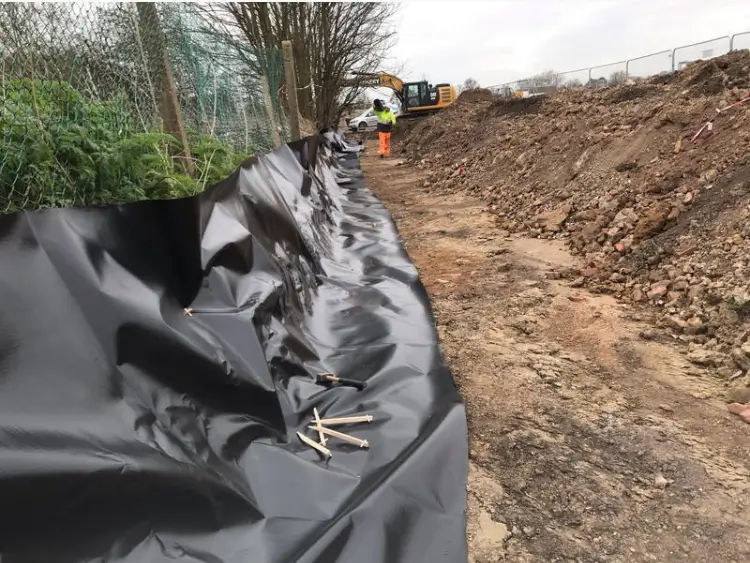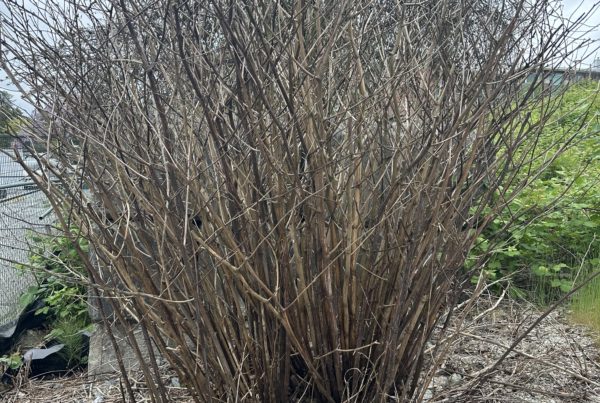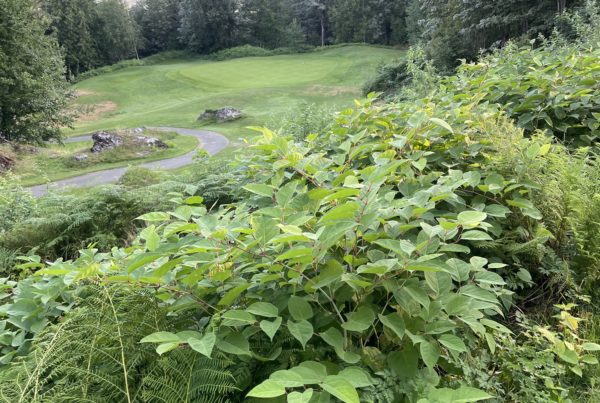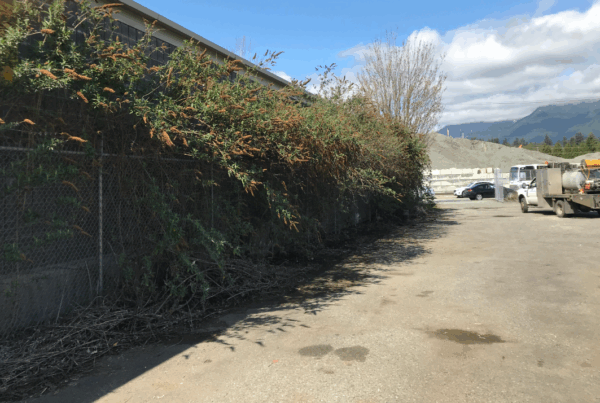Japanese knotweed is notorious for its aggressive growth and resilience, making it a significant challenge for property owners and developers. In addition to herbicide treatments and physical removal, one effective method to combat knotweed is the installation of root barriers. These barriers offer a practical and efficient solution to control and eradicate Japanese knotweed, providing numerous benefits for residential and commercial properties.
Understanding Japanese Knotweed Root Barriers
A root barrier is a physical membrane installed in the soil to prevent the spread of Japanese knotweed’s extensive root system, also known as rhizomes. These barriers are typically made from reinforced geomembrane. By creating a physical barrier, they prevent the rhizomes from spreading and infiltrating new areas, effectively containing the plant and facilitating its eradication.
Benefits of Japanese Knotweed Root Barriers
Containment and Control:
The primary benefit of root barriers is their ability to contain and control the spread of Japanese knotweed. By installing these barriers, property owners can confine the knotweed to a specific area, preventing it from invading gardens, foundations, driveways, and other structures. This containment is crucial in managing and ultimately eradicating the plant.
Non-Chemical Solution:
For those who prefer an eco-friendly approach, root barriers offer a non-chemical method of managing Japanese knotweed. Root barriers provide a long-term, sustainable solution.
Long-Term Effectiveness:
Root barriers are designed to be a durable and long-lasting solution. Once installed, they provide continuous protection against the spread of Japanese knotweed, reducing the need for ongoing treatments and interventions. This long-term effectiveness makes root barriers a cost-efficient option in the fight against knotweed in comparison to a dig and dump removal.
The Installation Process
The installation of a Japanese knotweed root barrier involves several key steps:
Site Assessment:
A thorough site assessment is conducted to identify the extent of the knotweed infestation and determine the optimal placement of the root barrier.
Excavation:
The soil is excavated to a specified depth to expose the knotweed rhizomes and create a trench for the barrier. The depth and width of the trench depend on the size of the infestation and the desired level of protection.
Barrier Installation:
The root barrier is carefully installed in the trench, ensuring that it extends above ground level to prevent rhizomes from growing over the top. The barrier is secured and sealed to create an impermeable barrier.
Backfilling:
The trench is backfilled with soil, and the surface is restored to its original condition. The area is then monitored to ensure the effectiveness of the barrier.
Why Choose Us for Your Root Barrier Installation?
Our team specializes in Japanese knotweed removals and treatments such as using root barriers. We provide tailored solutions to meet the unique needs of each property. We use high-quality materials and proven techniques to ensure the effectiveness and longevity of the barriers. Depending on your project scope, this may be the best solution to knotweed eradication!








